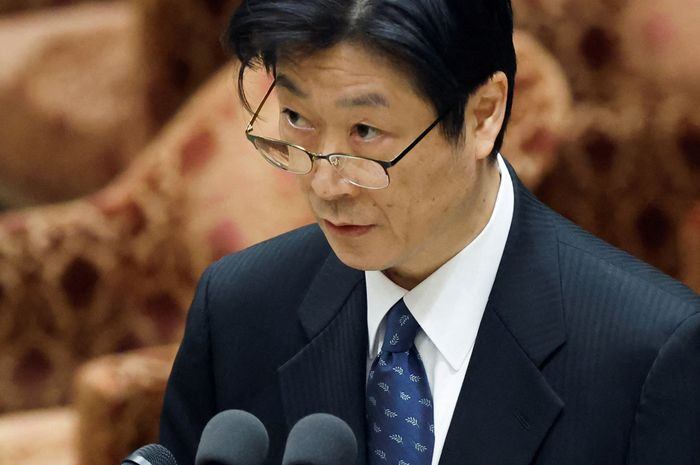Japan's interest rate hike detonated a global kill, and the market vulnerability is still there
Last week, global stock markets saw a sharp fall, with markets attributing the main reason to the unwinding of yen carry trades.
The fluctuation of the Japanese yen affects the nerves of global investors.
On the morning of August 7th, under the global spotlight, the Deputy Governor of the Bank of Japan, Shinichi Uchida, delivered a speech. Uchida stated that the Bank of Japan will not raise interest rates during market instability and that it is currently necessary to firmly implement a loose monetary policy.

This has deeply stimulated the market with a strong dove's voice. The USD/JPY once rose by more than 2.4% during the session, reaching a high of 147.907.
Previously, due to weak US data (especially the non-farm payrolls in July) and the unexpected interest rate hike by the Bank of Japan, the yen surged in the short term: on Monday, the US dollar against the yen quickly rose, quickly touching a seven-month high of 141.675, while at the beginning of July, the currency pair had just touched a nearly 38-year low.
Ultimately, under the guidance of strong expectations, the yen was still strong the day before, with the USD/JPY closing at 145.95, up 0.53%.
Last week, the global stock market suffered a sharp decline, and the market attributed the main reason to the liquidation of yen carry trade positions.
The so-called carry trade refers to investors borrowing the currency of a country with low interest rates (such as the yen) and then investing the funds in countries where they can obtain higher returns. In recent years, due to the zero interest rate policy of the Bank of Japan, the yen has always been the most popular financing currency, and this strategy has been a regular operation for the Japanese government and financial institutions for the past forty years.
However, the interest rate hike by the Bank of Japan has disrupted this arrangement. With the interest rate hike, the liability side of the Japanese government's balance sheet has been severely impacted. The Japanese government has been financing itself through extremely low interest rates and then continuously sending money to the US stock market for arbitrage at higher returns. For example, Japan's 1.8 trillion yen Government Pension Investment Fund (GPIF) has half of its funds allocated to overseas stocks and bonds.
Now, the Bank of Japan has changed its own rules by raising interest rates, and this huge backflow has caused a global asset sell-off and trampling.
Although Uchida rushed out to soothe the market, it can be foreseen that the voices within the Bank of Japan are not currently unified.
According to the minutes of the July policy meeting, some officials still called for a continued increase in interest rates, and some even said that the interest rate should be raised to around 1%, which is 75 basis points higher than the just-raised policy interest rate. This has caused market panic.
Although under unofficial forecasts, the market expects the neutral interest rate to be between 1% and 1.5%, but such a sharp expectation of an interest rate hike in the short term still makes the market, which is accustomed to negative interest rates, feel caught off guard.
Vasu Menon, Managing Director of Investment Strategy at Overseas Chinese Banking Corporation, said: "Although the Bank of Japan may currently pause (normalization) policy, this process will continue in the coming months. It may be too early to open champagne now, as the market is still susceptible to negative news and other global uncertainties."
Vasu cited Wednesday's weak US Treasury bond sales as an example: The US Treasury auctioned $4.2 billion of 10-year Treasury bonds on Wednesday, and the demand was surprisingly poor. The winning interest rate of the 10-year US Treasury bond auction was only 3.960%, more than 3 basis points higher than the secondary market yield of the same maturity before the auction, the largest tail spread in at least a year and a half, indicating weak market demand. The bid multiple was 2.32 times, also the lowest since December 2022.
In addition, the direct bidders, including hedge funds, pension funds, mutual funds, insurance companies, banks, government agencies, and individuals, were allocated only 16%, lower than the average. The primary dealers, who have the obligation to buy all the Treasury bonds that failed to be auctioned to prevent the auction from failing, were allocated 17.9%, higher than the average, indicating insufficient real demand.
Vasu said that the US stock market's rapid decline after the weak Treasury bond sales on Wednesday highlights the fragility of the global financial market.
·Original
Disclaimer: The views in this article are from the original Creator and do not represent the views or position of Hawk Insight. The content of the article is for reference, communication and learning only, and does not constitute investment advice. If it involves copyright issues, please contact us for deletion.